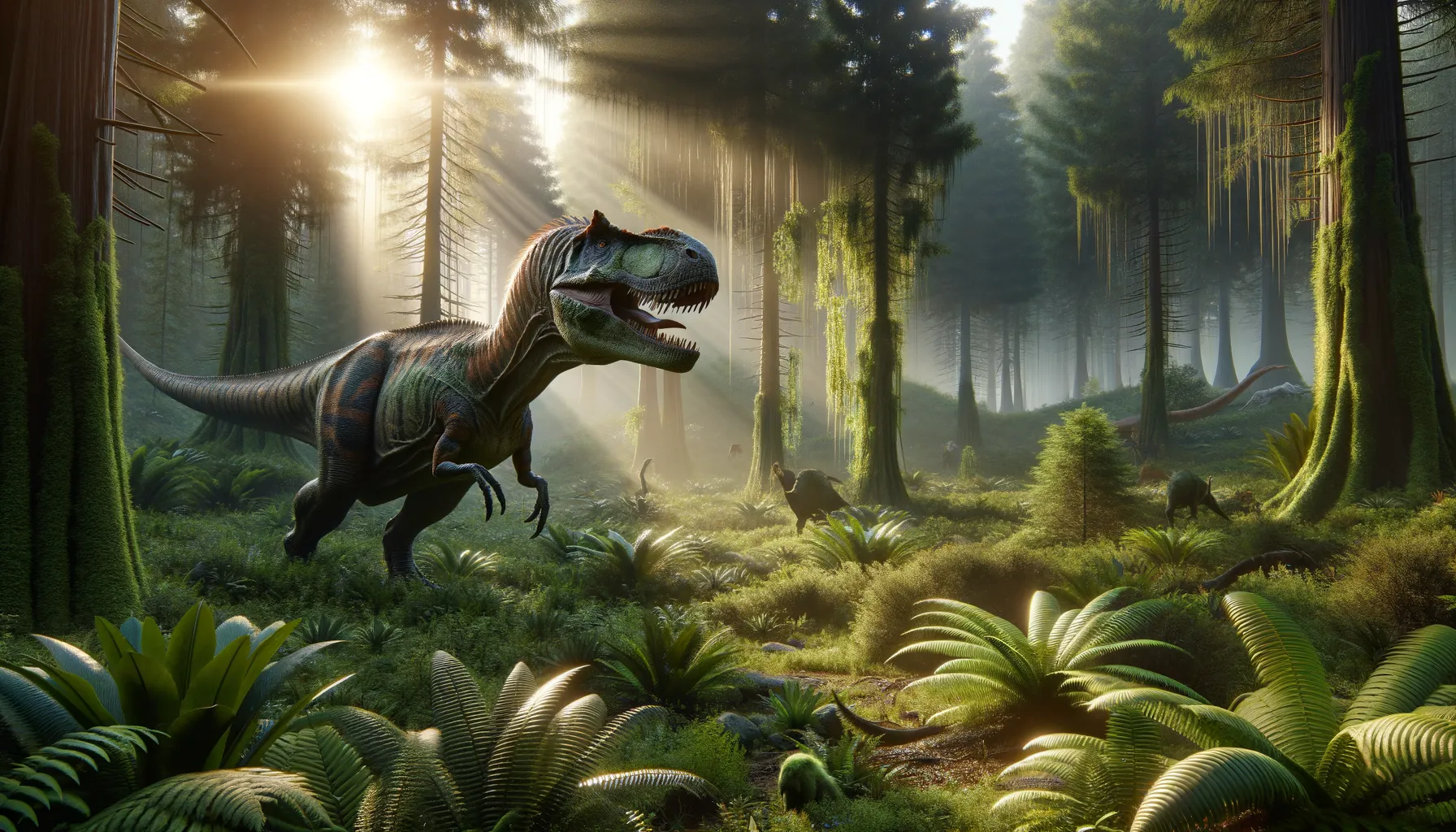
Polyodontosaurus
Unraveling mysteries from the prehistoric past.
Period
Cretaceous
Length
Its length is not well-documented.
Height
Its height is not well-documented.
Weight
Its weight is not well-documented.
Polyodontosaurus is an enigmatic theropod dinosaur that lived during the Late Cretaceous period. It is primarily known from scant fossil evidence, making it a subject of interest and mystery among paleontologists. Named for its distinctive teeth, Polyodontosaurus was initially thought to be distinct but later research suggests it might be synonymous with Troodon, a smarter dinosaur with keen senses. The lack of complete fossil records means much of its appearance, behavior, and ecology remain speculative.
Diet
Polyodontosaurus was likely an omnivore, feeding on both plants and small animals. Its teeth suggest it was adapted for a varied diet, possibly including insects, small vertebrates, and plant material.
Hunting
If synonymous with Troodon, it may have hunted using its keen sense of sight and smell. Its potential intelligence might suggest pack hunting, but evidence is too scant to confirm such behavior.
Environmental challenges
During the Cretaceous period, the world was warm and sea levels were high. These conditions may have created lush habitats but also introduced challenges such as competition for resources and fluctuating food availability. Climate shifts towards the end of the period could have impacted its environment. The presence of large predators might have meant constant vigilance was necessary for survival.
Speed
Its speed is not well-documented.
Lifespan
Its lifespan remains unknown.
First discovery
Discovered in 1932 by Charles W. Gilmore.
Fun Facts
- Polyodontosaurus is a mysterious dinosaur known primarily from limited fossil evidence.
- The name Polyodontosaurus means 'many-toothed lizard,' suggesting it had a distinctive set of teeth.
- This dinosaur is believed to have lived during the Late Cretaceous period, approximately 70 million years ago.
- Fossils of Polyodontosaurus were first discovered in North America, offering clues to its ancient habitat.
- Polyodontosaurus is often linked to troodontid dinosaurs, which were generally small and nimble.
- Due to scarce fossil records, much about Polyodontosaurus's size, diet, and behavior remains speculative.
- Polyodontosaurus adds to the diversity of theropods, showcasing the wide range of adaptations in these ancient creatures.
Growth and Development
Like many theropods, Polyodontosaurus likely grew rapidly to reach maturity. Its developmental stages remain poorly understood due to limited fossil evidence. If related closely to Troodon, it might have exhibited relatively advanced sensory and cognitive development. More complete fossils are needed to understand its growth patterns fully.
Habitat
Polyodontosaurus likely inhabited forested areas with access to both open ground and cover. Its environment would have been rich in small prey and diverse plant life. The dino coexisted with various other Cretaceous species, suggesting it was part of a complex ecosystem. Natural changes and volcanic activity could have been significant challenges within its habitat.
Interaction with other species
It might have shared its habitat with numerous other dinosaur species in a complex ecological web. Interactions could have included competition for food, territory, and potential predator-prey dynamics. The presence of large carnivorous dinosaurs would have been a significant pressure. So, being alert and possibly social could have been advantageous.
Natural lifespan
It's natural lifespan is not well-recorded.
Reproduction
Reproduction in Polyodontosaurus is speculative but may have involved laying eggs similar to other theropods. If it shares traits with Troodon, nesting behavior could include colonial sites to enhance offspring survival. Parental care, a trait seen in some theropods, is possible but not confirmed. Egg fossils related to this species are yet to be definitively attributed.
Social behaviour
If related to Troodon, social behavior might include group living or hunting. Intelligence suggested by cranial fossils indicates possible complex social interactions. Evidence for specific social structures is lacking, so interpretations remain open. Fossil records do not detail direct evidence of social behavior in Polyodontosaurus.
Fossil locations
Fossils attributed to Polyodontosaurus were first found in Montana, USA. The fossils are scarce, complicating efforts to separate its identity from similar species. Lack of additional sites means its range is poorly understood. Further discoveries are vital to clarifying its ecological and geographical context.
